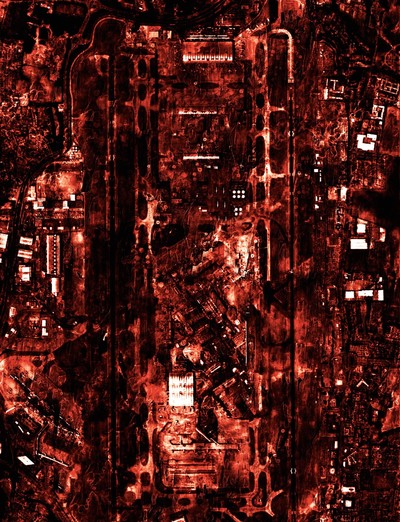Every week is fashion week for blogger Susie Bubble.
By Susie Lau
Illustration by François Berthoud
Every week is fashion week for blogger Susie Bubble.

It is no exaggeration to say that you could spend the entire year attending fashion weeks all over the world. From Lisbon to Lagos, Rio de Janeiro to Riyadh, St Louis to St Lucia, there is a fashion week going on in every city, sizeable town and possibly remote village in the near future. In the interests of sheer sanity though, you should probably resist this fashion globetrotting. Just attending the bi-annual ready-to-wear womenswear shows in the big four capitals sends most on a month-long comedown afterwards, involving TV box sets and pyjamas or, if you’re one of the lucky ones, a trip to the Caribbean for a serious wind-down. Sadly, I happen to be one of those fashion-week addicts who take up the invitations to these ‘extra-curricular’ global fashion weeks. To date, I’ve visited Tokyo, Seoul, Australia, Stockholm, Copenhagen, Berlin, Istanbul, Reykjavik, Moscow, SЛo Paolo and Shanghai – with eyes on Auckland, Lagos and Mumbai for my future hit list.
‘Why?’ is the question I get from most seasoned fashion industry insiders. If a designer matters and is worth their salt, surely they will make their way to Paris eventually, they say. Then there’s the usual scoffing that these fashion weeks are minor-league players, a mere pastiche of what a fashion week should be.
Admittedly there have been a fair number of eye-wincing moments on my travels. For a certain group of people, fashion week can be reduced to people air-kissing, downing Champagne, stumbling into shows inebriated and watching scantily clad hot models trot along a catwalk. There’s the pervasive problem of not editing collections and showing every single piece a designer has produced, with an excruciatingly sombre soundtrack to accompany the parade. There is the va-va-voom casting and amateur America’s Next Top Model models, which do the clothes no favours. Worse yet is that fashion week organisations reward only designers who can afford to put on a show, rather than those who are talented enough to warrant a show.
So we go back to – why? What keeps me going is that seeing potentially world-class designers begin in their native territory can be an enriching experience, and it adds much-needed context when they do eventually make it big. I remember seeing Australian designer – now a rising star – Dion Lee’s first show at the Sydney Opera House, where sunlight flooded in to cast light on his structural pleated dresses. Or when conceptual Japanese designer Kunihiko Morinaga of label Anrealage had UV cage dresses illuminate the dark, like alien entities. They’re shows that can’t necessarily be recreated in the crowded and budget-restricted confines of the main four fashion weeks. In their native countries, designers can be big fish in smaller ponds, and that can be an exciting thing to see.
As the established designers from the four big weeks continue to impose their vision, product and branding onto every burgeoning market in the world, it would be ridiculous to assume that the people of Asia, Australia, South America or Africa wouldn’t be interested in having a fashion scene to call their own. In fact, fashion is increasingly splintering off in directions that don’t necessarily have any correlation to the fashion establishment. An independent designer like Liu Min based in Xiamen, China can do very well selling her wares on the hugely popular online site Taobao. Same goes for the crafty businesses of Etsy, which contributes over US$1 billion in transaction value. Teenage girls in Melbourne, who can neither afford Prada nor are necessarily obsessed with the collections, might instead be avidly waiting for the latest drop of Australian cult label Romance was Born at Alice Euphemia, their local boutique.
As e-commerce stores become carbon copies of one another, stocking the usual designers, looking elsewhere becomes a main point of difference. People are looking at images first and brand name second. Miu Miu, Acne, Topshop and Starstyling (Berlin) or Lucky Chouette (Seoul) can be jostling together in one outfit, and that’s ultimately pushing fashion forward.
There’s no denying that fashion is now global. How fashion week manifests all over the world shouldn’t be judged by arbitrary standards set by the establishment but by their own localised contexts as cities attempt to create their own fashion culture. While it’s impossible to see every collection, know every designer and indeed attend every fashion week on this planet, I feel lucky to be able to be a part-time fashion-week nomad just to bear witness to this global shift.